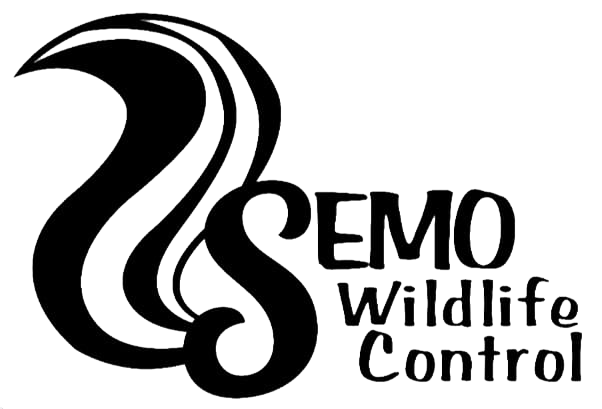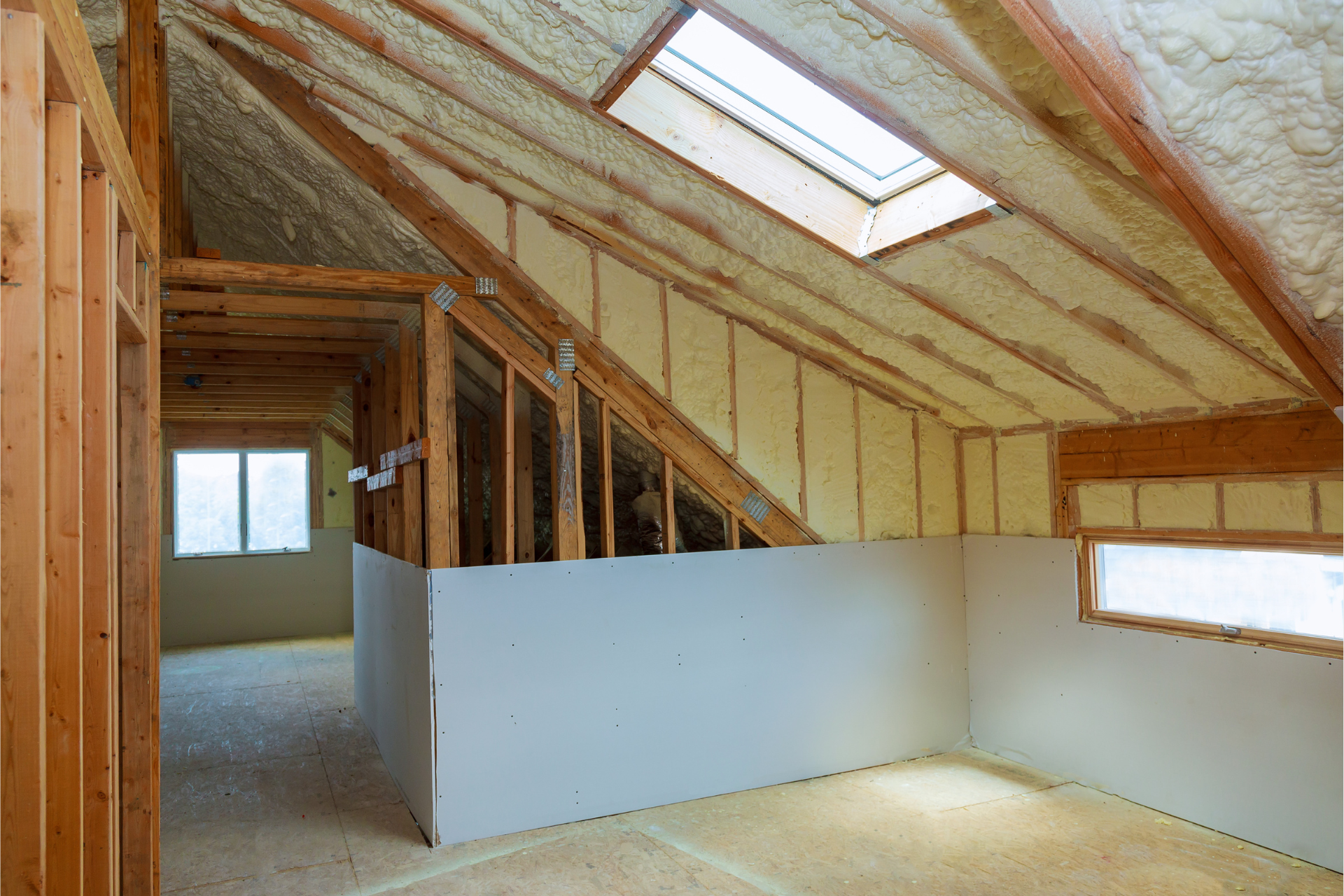Attic Cleanup And Restoration
Many of us think of our attics as scary spaces filled with cobwebs, dust, and unknown creatures. After a wildlife infestation, your fears may get even worse. We're here to tell you that attics don't have to be scary but getting them up to speed after pests invade takes an expert.
Rodents are some of the most common creatures to set up nests in your attic. That includes mice, rats, and squirrels, and these rodents are known to burrow through the rafters and walls, seeking a place to build a nest or store their food. They also tear up insulation, drywall, and plywood to create their nests and bedding and, in some cases, bring things like twigs and trash from outside to help make them. The attic should be cleaned and the damaged elements repaired to keep it properly sealed.
Larger mammals like raccoons and opossums also seek shelter in attics, especially as they prepare to give birth, and can rip through roofing material to get there. Bats can squeeze through holes as tiny as a half-inch and treat your attic like their new cave, dropping large amounts of dangerous guano. Birds tear up your insulation to create nests, and the food they bring to feed their young can attract insects. Those issues are on top of the dangerous diseases, parasites, and bacteria the wildlife may harbor. It's important to let professionals handle the removal of those animals and the necessary restoration once they're gone.
Restoration can be daunting, but removing feces, urine, and other waste left behind is vital. The droppings and bodily fluids must be handled carefully; even inhaling the air in the area can put people at risk. Rodents spread diseases like hantavirus, leptospirosis, and salmonella; birds spread encephalitis, avian flu, and avian tuberculosis; raccoons and larger mammals spread E. Coli, Salmonella, rabies, and several different types of parasites. Decontaminating the attic is a must, and those handling the restoration must wear specialized personal protective equipment.
Insulation is one of an attic's most commonly damaged elements following an infestation. Without it, energy bills can become very expensive if you continually run the HVAC unit to regulate the temperature in an inefficient house. The Department of Energy says insulating the attic can save you as much as 50% on your average heating bill. An expert can help you determine what needs replacement and the type of insulation to choose and then correctly install it.
Attics must also stay air-sealed but ventilated to regulate the temperature. When animals set themselves up in your attic, they chew, rip, and scratch at the walls and roof, forming holes and cracks. Those gaps allow air to escape and must be filled over. That may seem simple, but ensuring they're correctly sealed takes an expert, as the materials used to close them up varies depending on the specific gap.
SEMO Wildlife Control is a family-owned and operated wildlife services company of experts. We're state licensed and dedicated to our customers. We rank customer satisfaction as our top priority, and we don't accept anything from ourselves other than service that consistently exceeds expectations. Our wildlife removal services, insulation replacement, attic restoration, and cleanup are the #1 rated in the area.
Contact us today to schedule your attic cleanup.
All Rights Reserved | SEMO Wildlife Control

